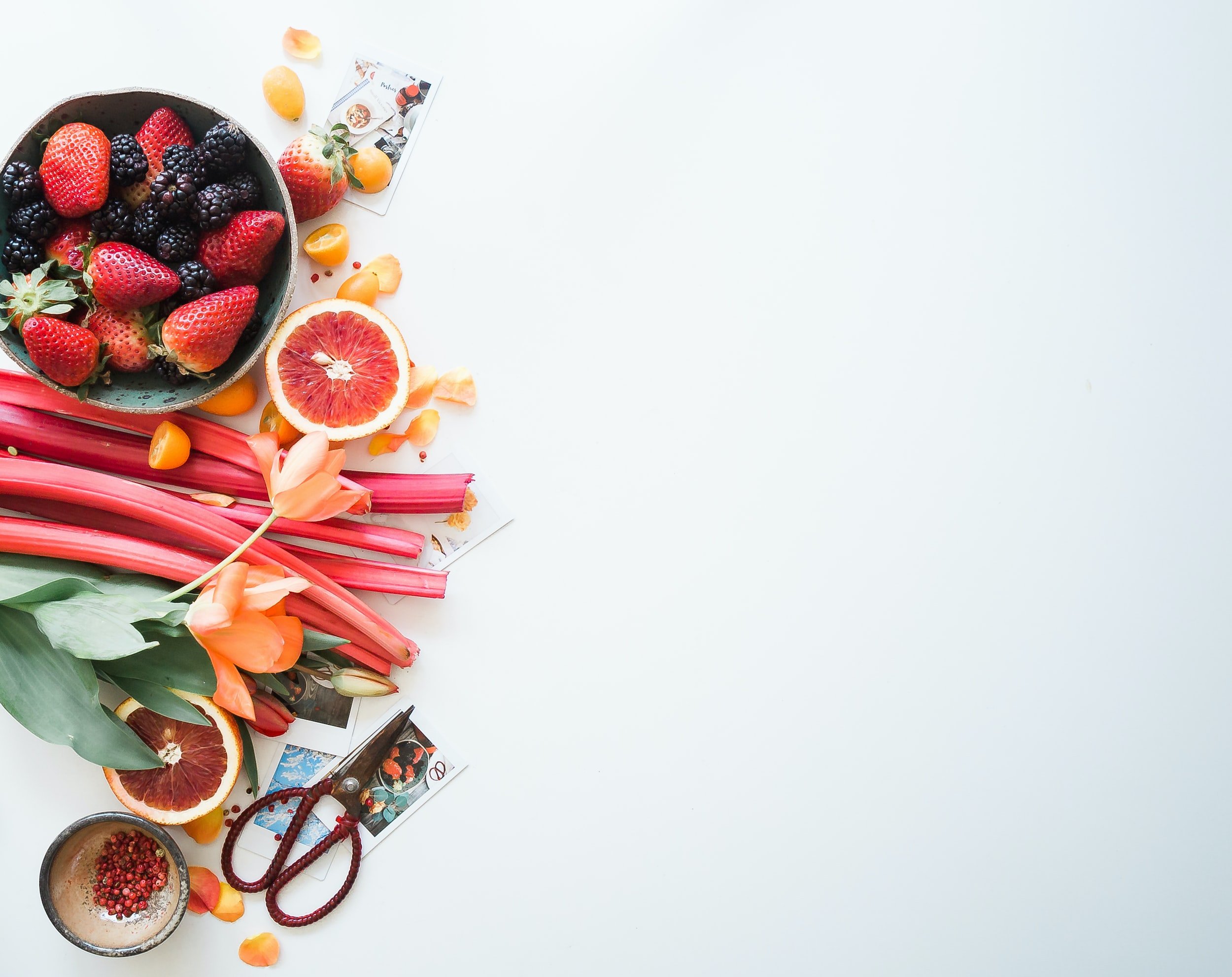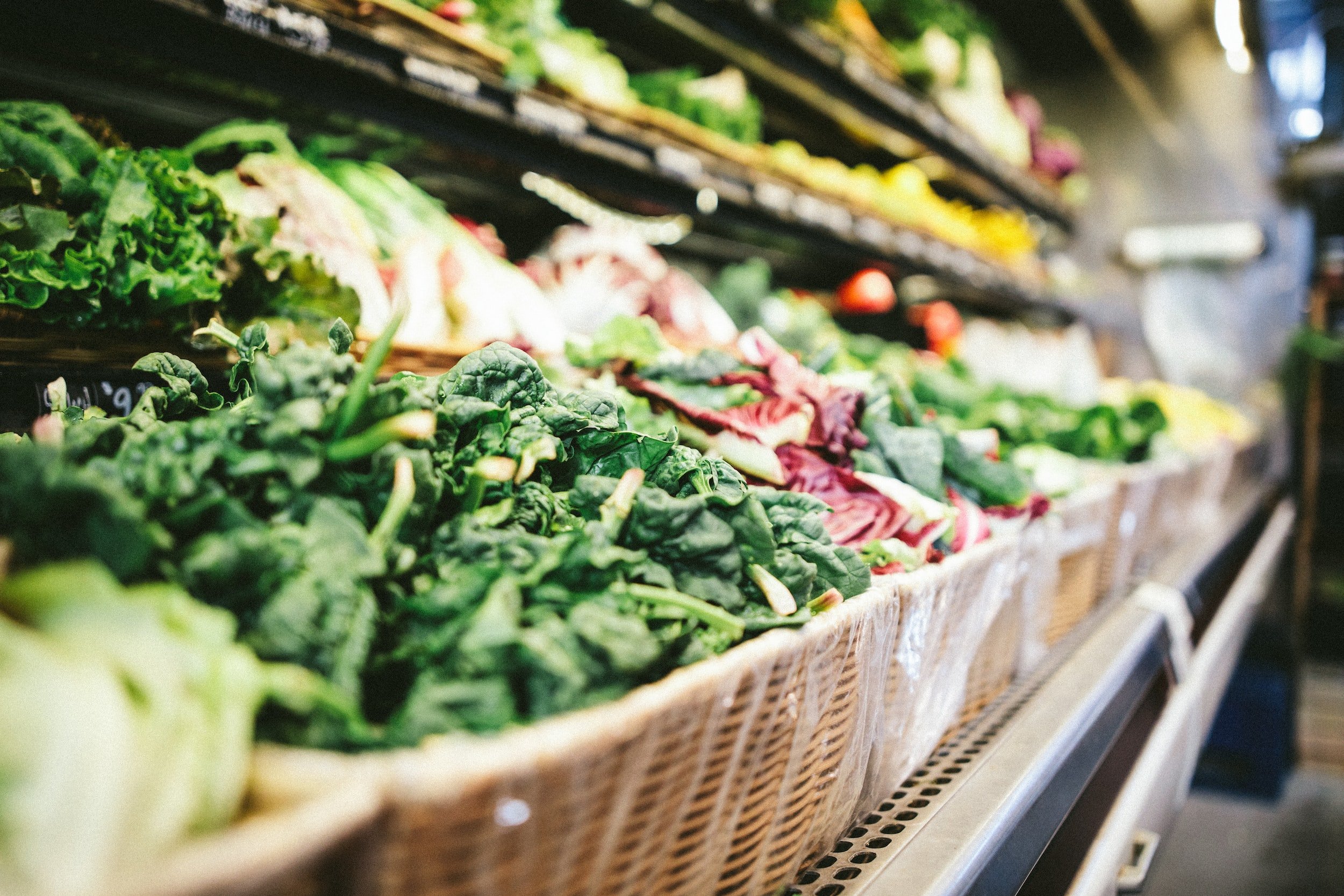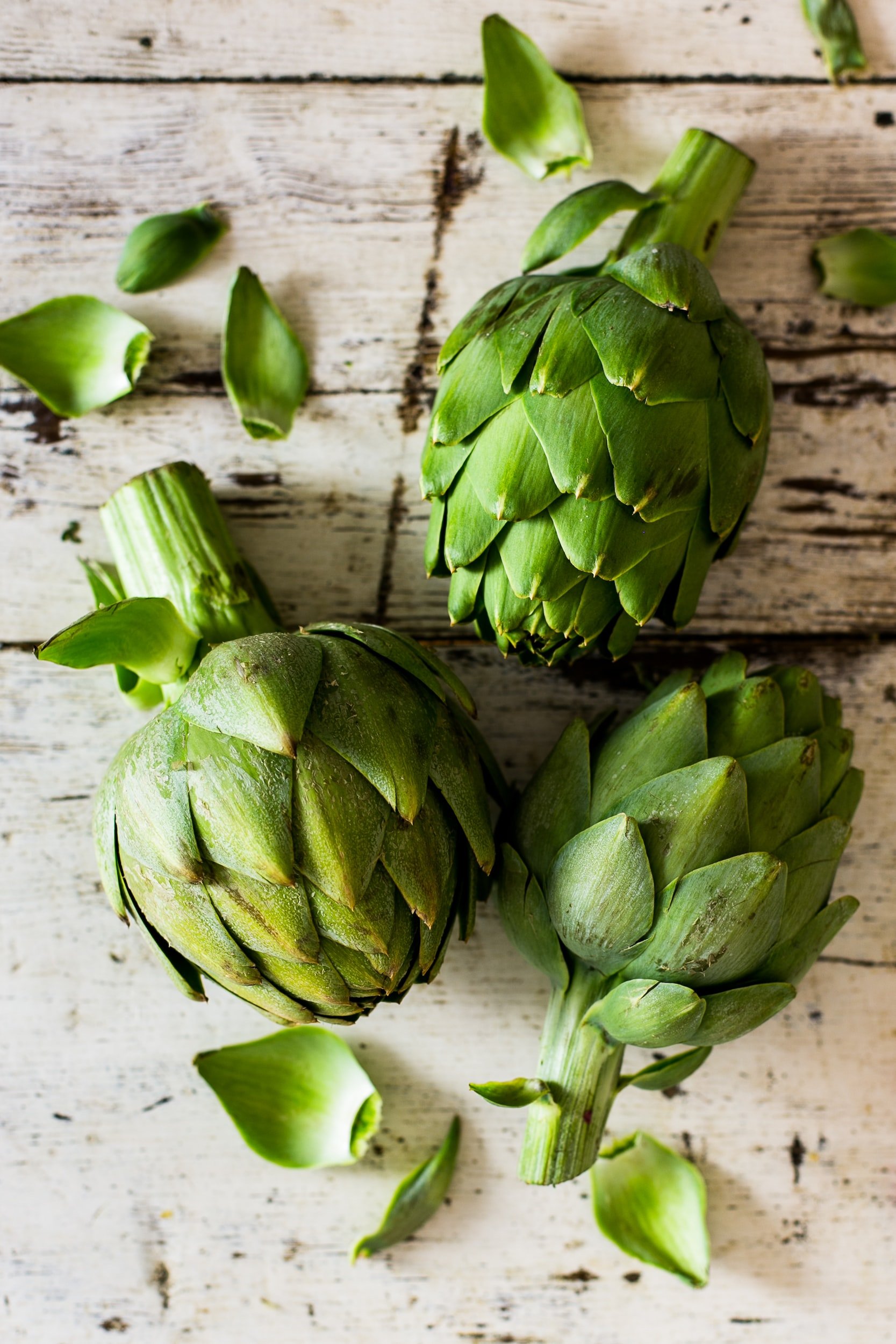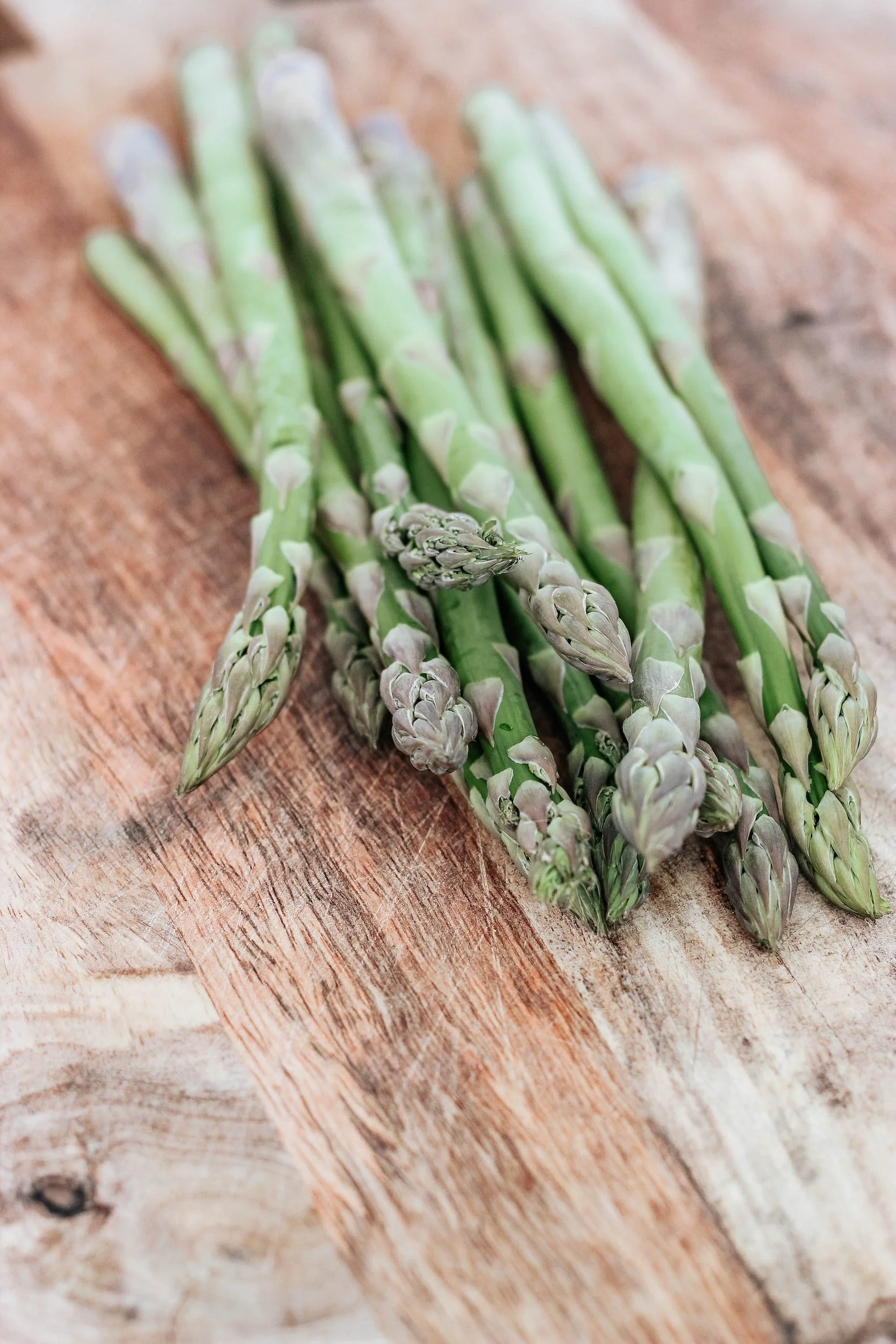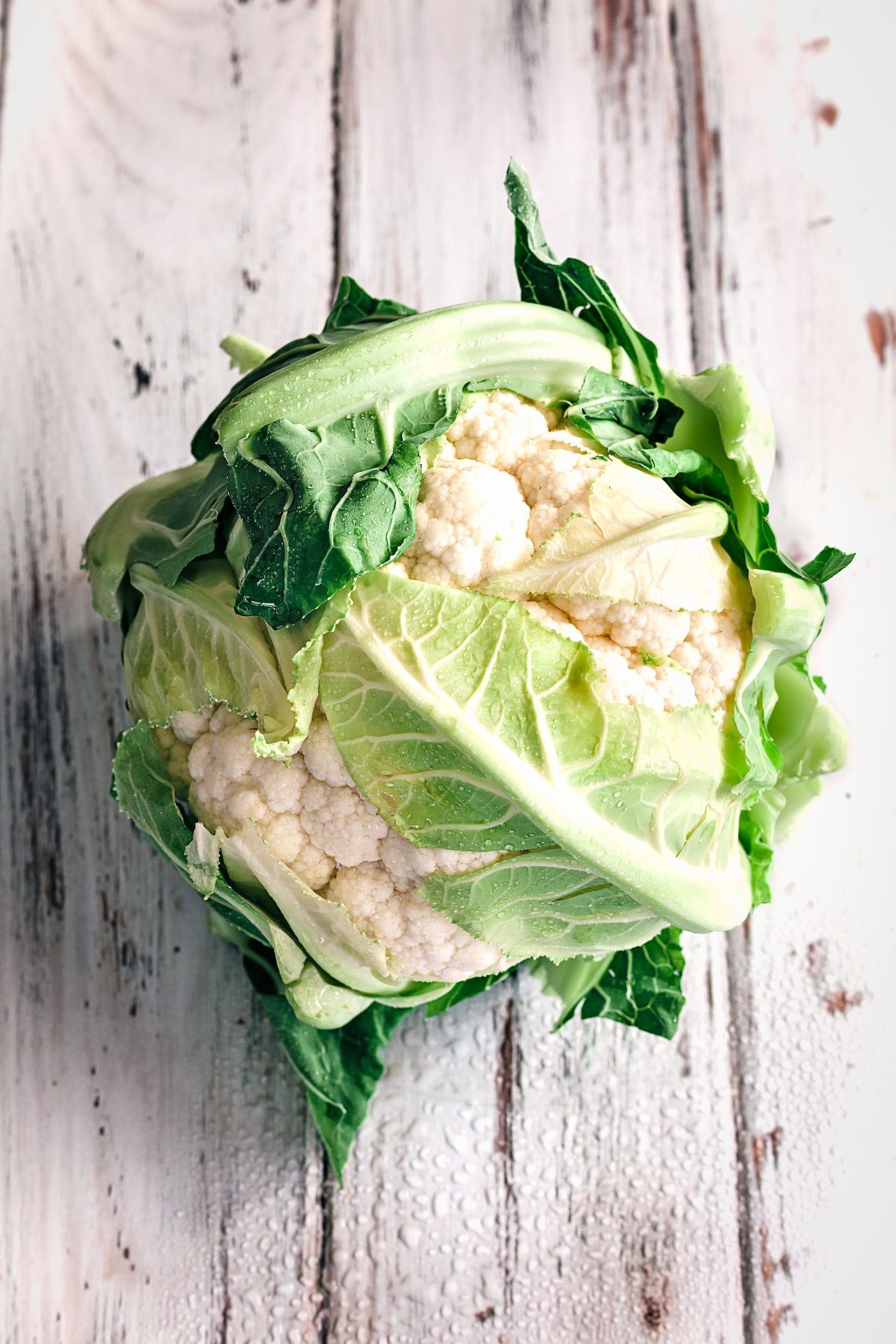Introducing the Most Delicious Spring Fruits and Vegetables You Can Find in Texas!
Discover > Texas Home Cooking > Introducing the Most Delicious Spring Fruits and Vegetables You Can Find in Texas!
Spring has finally sprung and with it comes a plethora of mouth-watering fruits (What wine goes well with fruits?) and vegetables. One of the best places to find these delectable delights is in the state of Texas.
Springtime in Texas means fresher and tastier produce, and this year is no exception! Some of the most delicious fruits and vegetables that can be found during the season include juicy strawberries, plump and sweet blueberries, and tangy raspberries. But it's not just the fruit that's worth getting excited about: fresh herbs (how long do fresh herbs last?) such as mint, basil, and cilantro are also in abundance.
Nothing beats the taste of herbs plucked straight from the garden, and luckily for us, local farmers markets make it easy to find the best and freshest produce around. Whether you're looking for a new recipe inspiration or just want to enjoy the taste of Spring, these fruits and veggies are not to be missed.
Benefits of Eating Local Produce
Eating healthy and supporting local farmers has never tasted better than with the most delicious spring fruits and vegetables found in Texas. From juicy strawberries to crisp carrots, there are plenty of options to choose from. Not only do these ingredients make for tasty meals, but they also offer numerous benefits for our health.
Eating local Texas produce has numerous benefits, including:
Fresher Produce
Local Texas produce is typically picked at the peak of ripeness and sold soon after, which means it is fresher than produce that is shipped long distances.
Better Taste
Fresher produce typically tastes better than produce that has been transported long distances. When produce is allowed to fully ripen on the vine or tree, it develops more flavor and nutrients.
Supports Local Economy
Buying local Texas produce supports local farmers and the local economy, which helps to create jobs and boost economic growth in the community.
Reduces Carbon Footprint
When produce is transported long distances, it requires a lot of energy and resources to get it to its final destination. By buying local Texas produce, you can reduce your carbon footprint and help to minimize the environmental impact of food transportation.
Promotes Food Security
By supporting local farmers and purchasing local Texas produce, you are helping to promote food security in your community. This is especially important in times of crisis or when there are disruptions in the global food supply chain.
Seasonal Variety
Eating local Texas produce allows you to enjoy a variety of seasonal fruits and vegetables throughout the year, as opposed to relying on the same produce that is available year-round in the supermarket.
Overall, eating local Texas produce is a great way to support your local community, enjoy fresher and better-tasting produce, and reduce your environmental impact.
The simplest way to avoid food-borne illness is to prepare home cooked meals (how long do cooked meals last?). Here are several simple steps you can take to Properly Clean Your Fruits and Veggies.
How to Find Local Sources for Fruits and Vegetables
If you are looking to find local sources for fruits and vegetables in Texas, here are a few tips:
Visit Local Farmers Markets
Farmer's markets are a great place to find local produce. You can usually find a variety of fruits and vegetables, as well as other locally made products. To find a farmer's market near you, check out the Texas Farmers Market website or the Texas Department of Agriculture's list of certified farmer's markets.
Join a Community Supported Agriculture (CSA) Program
CSA programs allow you to purchase a share of a local farm's harvest, usually on a weekly or biweekly basis. This is a great way to support local farmers and receive fresh, seasonal produce. To find a CSA program near you, check out the TexasRealFood website.
Check Out Local Grocery Stores and Co-ops
Many local grocery stores and co-ops carry local produce. Check with your local store to see if they source their produce locally and what products they have available.
Visit Local Farms
Some farms offer "U-Pick" opportunities, where you can pick your own fruits and vegetables directly from the farm. This is a great way to get fresh produce and support local farmers. Check with local farms to see if they offer U-Pick or other direct-to-consumer sales opportunities.
Use Online Resources
There are several online resources that can help you find local sources for fruits and vegetables, like TexasRealFood. These websites allow you to search for local farmers, CSA programs, and other sources of local food.
By utilizing these resources, you can easily find local sources for fresh, seasonal fruits and vegetables in Texas.
The Most Delicious Spring Fruits and Vegetables You Can Find in Texas
Texas is home to a variety of delicious and fresh spring fruits and vegetables. Here are some of the most popular and tasty options:
Artichokes
Spring in Texas brings a bounty of mouth-watering fruits and vegetables to local markets. Among these spring delights are the state's own artichokes (What wine goes well with artichokes?). While still a relatively new crop to Texas, local production attempts have been successful.
The main harvesting season takes place in April and May, which means fresh, locally grown artichokes are now available.
However, it's important to know that artichokes can't be eaten raw and boiling them is a prepping no-no. Instead, take off the outer leaves one by one and coat the edible tip in your favorite dipping sauce. Don't forget that the heart of the artichoke is what's most prized, and can be cooked or roasted depending on the dish. So, put on your chef hat and head to the market to make the most of spring's bounty.
Asparagus
One of the most popular vegetables of the season is asparagus (What wine goes well with asparagus?), also known as sparrow grass. This vegetable has been known for its taste since ancient times and is a favorite among those who care about what they eat and how it affects the environment.
Asparagus originates from the western shores of Europe and is mostly produced in Peru today, but some production still takes place in cooler parts of North and West Texas. So, next time you're looking for a tasty and healthy vegetable, consider trying some locally grown asparagus.
Cauliflower
Cauliflower (how long does cauliflower last?), in particular, is a versatile and tasty veggie that is highly sought after. With its unique and eye-catching colors, such as orange, purple, and green, cauliflower is a beautiful addition to any plate. Although it has a reputation for being difficult to grow, it is actually easily cultivated in Texas due to its close relationship with cabbage.
For optimal growth, it is recommended to plant cauliflower in the fall for a winter harvest, as it is a cool-season crop that requires precise temperature control for quality output. With temperatures between 65 and 68° F, you can enjoy the best and most delicious cauliflower that Texas has to offer.
Nectarines
One of the most underrated fruits that you can find in this season is nectarines. Did you know that nectarines are actually a variety of peaches without the fuzzy skin?
Unfortunately, nectarines can be a little harder to find in Texas due to their susceptibility to wind scarring and brown rot. But fear not, as the Texas Agricultural Extension Service is working hard to create new varieties of nectarines that are ideal for future production. Keep an eye out for these delectable fruits on your next trip to the grocery store or farmers market.
Peaches
As spring approaches, it's time to get excited about the fresh and delicious fruits and vegetables that will be in season. In Texas, one fruit that stands out for its sweetness and fuzziness is the Peach.
Texas is home to over a million peach trees, with many small growers located close to metropolitan areas who supply directly to local markets and farmers' markets. This means that you can find tree-ripened and organic peaches easily.
However, the peach industry is still at risk due to the late spring frosts that Texas experiences. This risk has led to an increase in prices for most growers, but for those who are willing to pay the price, there's never been a better time to try some of the most delicious peaches in the world.
Texas is well-known for its peaches, and Fredericksburg is home to some of the best peach farms in the state. Here are five you should try!
Radishes
One of the standout options is radishes, a versatile root plant that has been used in cooking for centuries. Whether you prefer them raw or cooked, radishes offer a uniquely crisp and tangy flavor that pairs well with a variety of dishes.
Luckily, you can find radishes pretty much all over Texas since they are easy to grow in our climate. However, it's important to ensure that the soil quality is ideal for root plants if you want them to thrive. So why not add some fresh, locally grown radishes to your meals this spring and savor the taste of Texas?
Honeydew
Texas has some of the most delicious spring fruits and vegetables around, and one standout is the Honeydew, a sweet and nutritious melon. This cousin of the cantaloupe (how long does cantaloupe last?) is often overlooked, but it's just as tasty and packed with vitamins. You might be surprised to learn that in a blind taste test, it's nearly impossible to tell the difference between the two.
Honeydew melons account for a whopping 20% of all melon production in Texas, and lucky for locals, the entirety of the harvest goes straight to local markets. So whether you prefer to enjoy them whole or in a prepared fruit salad, keep an eye out for this delicious seasonal treat.
Strawberry
One of the most beloved fruits of the season is the strawberry. Known for their sweet and juicy flavor, strawberries are the most popular berries in the US and the world. In fact, they are grown in almost every state in the country and are consumed in 94% of all households.
Although strawberry production in Texas has had its ups and downs, it is now on the rise again thanks to the demand for organic and pesticide-free options. There are more and more strawberry farms popping up in Texas, offering fresh and flavorful strawberries that are free from harmful pesticides. So, if you're looking for a delicious and healthy snack this spring, be sure to pick up some pesticide-free strawberries from your local farmer's market!
Here are 7 of the best strawberry farms for strawberry picking in Texas!
Sweet Potatoes
This tuber vegetable was first cultivated by the Spanish and later adopted by Anglo-American settlers. Despite not actually belonging to the potato family, sweet potatoes have become a beloved favorite in the US.
In Texas, the season for sweet potatoes begins in April and goes through to June, with harvesting taking place from August to October. It's worth noting that throughout the 20s and 30s, sweet potatoes were the leading vegetable crop in the state, ranking second in production behind only Georgia. Even today, Texan sweet potatoes account for around 10% of the US market, with impressive yields that have remained strong for decades.
Tips for Making Sure You're Buying Fresh Produce
Buying fresh produce is important not only for taste but also for nutritional value. Here are some tips to help ensure that you're buying fresh produce:
Check the Appearance
Look for produce that is firm and free from bruises or blemishes. The color should be bright and uniform, and the skin should be smooth.
Conduct a Smell Test
Many fruits and vegetables have a distinct aroma when they are fresh. For example, ripe berries should smell sweet, and fresh herbs should have a strong, pleasant scent.
Check the Stem
For fruits and vegetables with stems, such as tomatoes or strawberries, the stem should be green and fresh-looking.
Conduct a Press Test
Gently press the produce with your finger. It should be firm, but not too hard or soft.
Check the Ripeness
Different produce have different ideal levels of ripeness. For example, bananas should be slightly green, while avocados should be slightly soft. Do a quick online search or ask a produce expert for advice on what to look for in different fruits and vegetables.
Look for Local Produce
As mentioned earlier, local produce is generally fresher since it doesn't have to travel as far. Look for produce that is in season and grown locally whenever possible.
Shop at Reputable Stores
Shop at stores with high turnover rates, which means the produce is restocked often, ensuring freshness. Additionally, reputable stores typically have better storage and handling practices that preserve the quality of the produce.
By following these tips, you can help ensure that you're buying fresh produce that is not only delicious but also packed with nutrients.
Visiting a local farmers market is different from shopping at a grocery store as it usually requires a bit of planning ahead before a visit. Learn more about Shopping at Farmers Markets: How To Make the Most of Your Trip.
Creative Ways to Incorporate Spring Fruits and Vegetables into Your Diet
Spring is a great time to incorporate fresh, seasonal fruits and vegetables into your diet. Here are some creative ways to do so:
Add Fruits to Your Salads
Mix strawberries, blueberries, or mandarin oranges into your salad for a burst of flavor and a pop of color.
Grill Your Vegetables
Grilled asparagus, zucchini, and other spring vegetables are delicious and add a smoky flavor to your meal.
Make Smoothies
Use fresh berries, mango, pineapple, or peaches to create a refreshing smoothie. You can also add in spinach or kale for added nutrients.
Make Fruit Salsa
Combine diced pineapple, mango, or strawberries with red onion, jalapeno, lime juice, and cilantro for a delicious and colorful salsa that can be used as a topping for fish, chicken, or pork.
Roast your Veggies
Roasting vegetables like carrots, sweet potatoes, or beets brings out their natural sweetness and adds a crispy texture.
Bake with Fruit
Use fresh berries, rhubarb, or peaches to make a crisp, pie, or cobbler for a delicious dessert that is also nutritious.
Experiment with Herbs
Use fresh herbs like mint, basil, and parsley to add flavor to salads, soups, and other dishes.
Make veggie noodles: Use a spiralizer to make noodles out of zucchini, carrots, or other spring vegetables. These can be used as a low-carb alternative to pasta.
By incorporating these fresh, seasonal fruits and vegetables into your diet, you can create delicious and healthy meals that are packed with nutrients.
Summary
In conclusion, spring brings an abundance of fresh and delicious fruits and vegetables to Texas. From juicy strawberries and peaches to crunchy asparagus and radishes, there are plenty of options to add color, flavor, and nutrition to your meals. Whether you get your produce from a local farmer's market, grocery store, or directly from the farm, incorporating these seasonal fruits and vegetables into your diet is a great way to support local agriculture and enjoy the benefits of eating fresh, nutrient-rich food. So, next time you're planning your meals, consider incorporating some of these delicious spring fruits and vegetables for a tasty and healthy eating experience.

